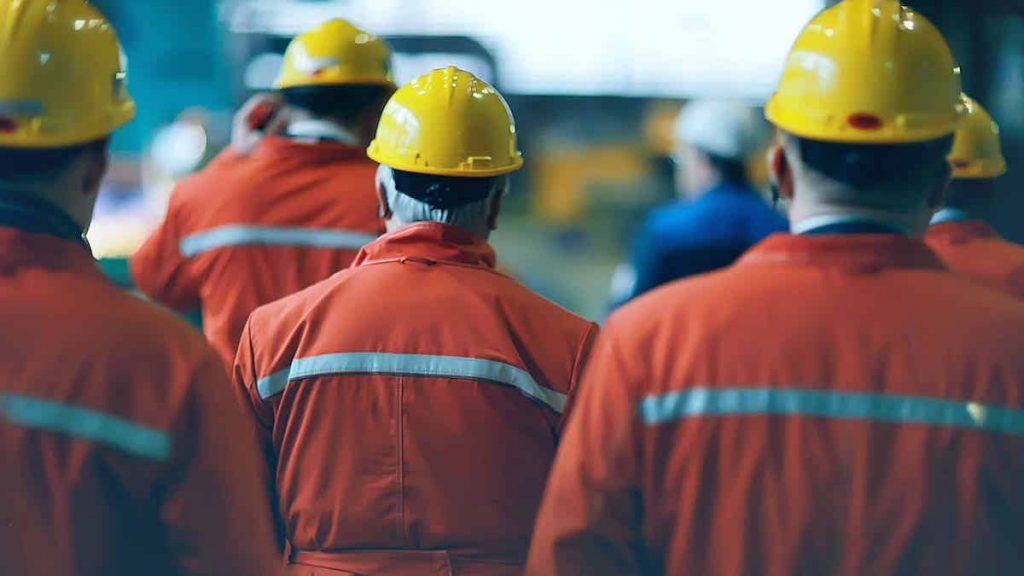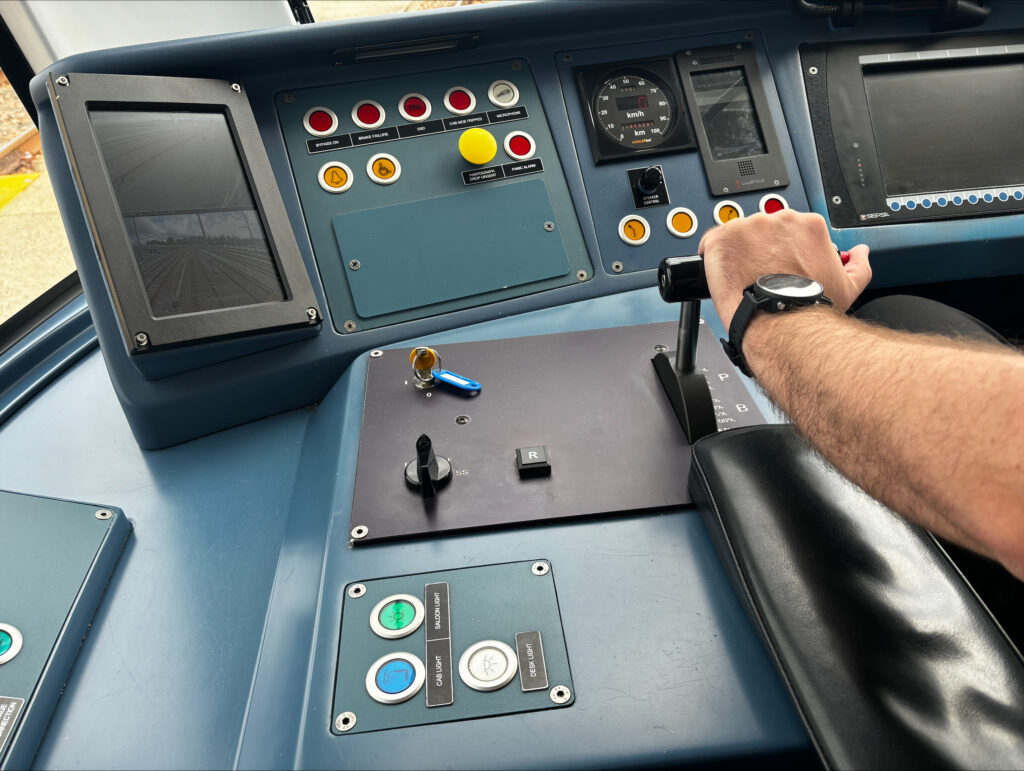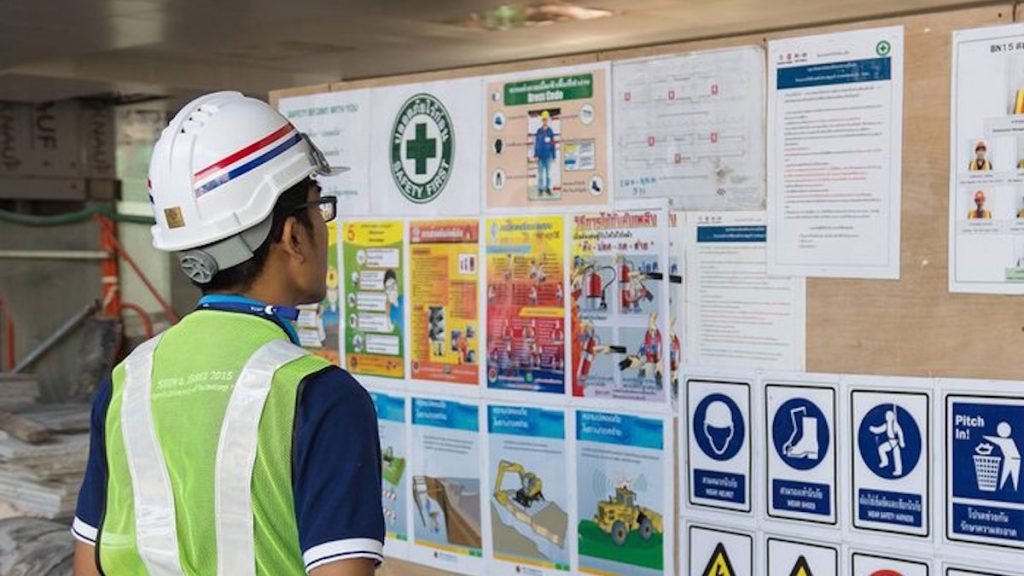Often the terms human error and human factors are used in an interchangeable way - but they are quite different things.
Human error refers to an unintentional action or decision which can then have a knock-on consequence such as an accident or workplace incident. Or put more simply it involves all those instances where a planned activity fails to achieve its intended outcome.
Human Factors on the other hand delves much deeper. It accounts for why the mistake was made. So human factors look at the reasons why the errors occur. So, when we address the human factors in relation to health and safety, the aim is to optimise the human performance and reduce the human failures.
The danger is if you focus your workforce safety around human error, then you miss the why. By looking at it from a human error alone you will miss something that has built up over time.
Safety is not about who failed it’s about what failed
The easiest excuse after a safety incident is to blame someone or finger point. Instead, organisations which pride themselves on safety should dig deeper, explore their strategies, systems, and the environment. A worker’s behaviour or action often contributes to an incident but it’s often not the main cause. It should be viewed as a warning or symptom that there are problems in the organisational system and the environment. So human factors can find the issues that may be hidden below the surface.
A bad system will beat a good person every time
As Edwards Deming (one of the Founding Fathers of Total Quality Management) said: “A bad system will beat a good person every time.” An employee in the most part does not set out to cause an incident and will have good intentions when going about their duties. If you have a no blame culture, then workers will tell you their challenges and report incidents such as near misses. Attributing safety challenges to a lack of situational awareness does little to improve the situation. Organisations need to allow people to perform at their best by ensuring they are not afraid to express their concerns.
If we look at an iceberg what we see does not give us the full picture with as much as 90% can be contained below the surface, out of site. So an incident could be a sign of a much larger problem. Businesses must therefore consider safety incidents as early warnings of something bigger that could happen in the future.



